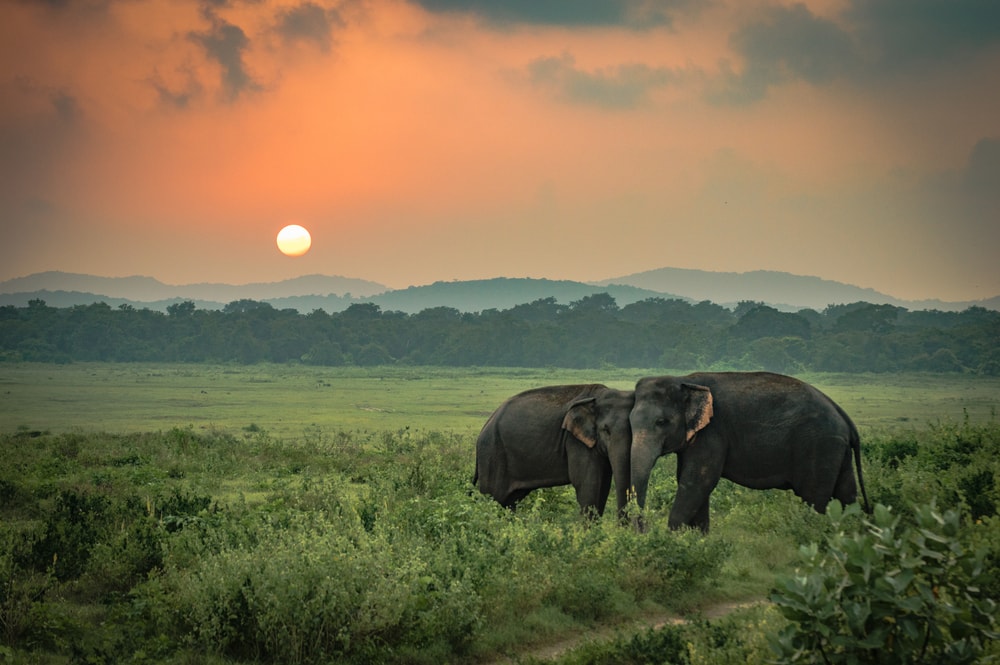
Wildlife conservation is an essential endeavor to preserve Earth’s biodiversity, safeguard fragile ecosystems, and ensure the survival of countless species facing the threat of extinction. Wildlife conservation projects have gained prominence in recent years as governments, non-governmental organizations (NGOs), and concerned individuals have come together to protect endangered species. This article explores how these conservation projects are making a significant difference in protecting vulnerable wildlife populations and why such efforts are crucial.
The Importance of Wildlife Conservation
Wildlife conservation is vital for several reasons:
- Biodiversity Preservation: Wildlife contributes to the rich tapestry of life, with each species playing a unique role in maintaining ecological balance.
- Ecosystem Health: Healthy ecosystems rely on a diversity of species to function optimally. When a species goes extinct, it can disrupt the balance, leading to negative consequences.
- Economic Value: Wildlife tourism generates substantial revenue for many countries and provides employment opportunities for local communities.
- Ethical Responsibility: Many people believe that humans have a moral obligation to protect other species from extinction.
These reasons underscore the importance of wildlife conservation and the need for effective strategies to protect endangered species.
Threats to Endangered Species
Before delving into how conservation projects work, it’s important to understand the primary threats facing endangered species today:
1. Habitat Loss and Fragmentation: Deforestation, urbanization, and agricultural expansion lead to the destruction of wildlife habitats.
2. Climate Change: Rising temperatures and changing weather patterns impact species’ habitats and disrupt migration patterns.
3. Illegal Wildlife Trade: Poaching and trafficking of animals for their fur, ivory, or as exotic pets continue to endanger species.
4. Pollution: Chemical pollution, plastic waste, and oil spills contaminate habitats, affecting both land and marine life.
5. Invasive Species: Non-native species can outcompete or prey on native wildlife, leading to population declines.
Given these challenges, wildlife conservation projects have developed diverse strategies to counteract these threats.
Key Strategies in Wildlife Conservation Projects
Wildlife conservation projects employ a wide range of strategies to protect endangered species. Here are some of the most effective approaches:
1. Habitat Protection and Restoration
Protecting natural habitats is fundamental to the survival of endangered species. Conservation organizations work to establish protected areas like national parks, wildlife sanctuaries, and nature reserves.
- National Parks and Reserves: Governments create and maintain protected areas where human activities are limited to safeguard habitats.
- Private Reserves: NGOs and individuals purchase land to establish private wildlife reserves, providing safe havens for endangered species.
- Habitat Restoration: Conservationists rehabilitate degraded habitats by planting native vegetation, removing invasive species, and improving water quality.
2. Anti-Poaching Initiatives
Illegal hunting and poaching are significant threats to endangered species like elephants, rhinos, and tigers. Anti-poaching measures include:
- Ranger Patrols: Trained rangers monitor protected areas to prevent illegal hunting.
- Technological Surveillance: Drones, camera traps, and GPS tracking collars help monitor wildlife and detect poaching activity.
- Community Engagement: Educating local communities about the importance of conservation and involving them in anti-poaching efforts.
3. Captive Breeding and Reintroduction Programs
Captive breeding and reintroduction programs aim to boost endangered species populations and reintroduce them into the wild.
- Breeding Centers: Zoos and breeding centers provide controlled environments for endangered species to reproduce.
- Reintroduction Efforts: Once populations increase, conservationists release these animals back into their natural habitats.
Successful examples include the Arabian oryx and California condor, both brought back from the brink of extinction through these programs.
4. Legislation and Policy Advocacy
Effective wildlife conservation requires strong legal frameworks.
- CITES: The Convention on International Trade in Endangered Species (CITES) regulates the international trade of endangered species.
- National Legislation: Countries establish wildlife protection laws, hunting regulations, and penalties for poaching.
- Policy Advocacy: NGOs advocate for stronger wildlife protection policies at the national and international levels.
5. Community-Based Conservation
Empowering local communities is crucial for the success of conservation projects.
- Eco-Tourism: Involving local communities in eco-tourism helps generate revenue while incentivizing conservation efforts.
- Sustainable Livelihoods: Alternative livelihood programs, such as beekeeping or craft-making, reduce dependence on poaching or deforestation.
- Education and Outreach: Conservationists educate communities about the importance of protecting wildlife and how they can contribute.
6. Scientific Research and Monitoring
Research and monitoring are essential for understanding species’ population trends, behavior, and health.
- Population Surveys: Counting animal populations helps identify trends and assess the effectiveness of conservation strategies.
- Genetic Research: Understanding genetic diversity helps manage captive breeding programs and improve reintroduction efforts.
- Behavioral Studies: Studying animal behavior informs habitat management and anti-poaching strategies.
Success Stories
Wildlife conservation projects have yielded remarkable successes in protecting endangered species:
- Mountain Gorillas: Intensive conservation efforts have increased the population of mountain gorillas in the Virunga Mountains to over 1,000 individuals.
- Pandas: China’s bamboo forest restoration and captive breeding programs have helped increase the giant panda population, leading to a reclassification from “Endangered” to “Vulnerable.”
- Bald Eagles: The banning of DDT pesticide and legal protection have helped bald eagles recover in the U.S.
The Road Ahead
Despite these successes, many species remain critically endangered. The road ahead requires sustained effort and international collaboration. Key priorities include:
- Climate Change Mitigation: Reducing carbon emissions and adapting to changing climate patterns is crucial for wildlife conservation.
- Global Cooperation: Cross-border collaboration and data sharing are essential for addressing wildlife trafficking and managing migratory species.
- Funding and Resources: Increased funding for conservation projects, both governmental and private, will enable more comprehensive protection efforts.
- Public Awareness: Raising global awareness about endangered species will foster a culture of conservation and drive positive change.
Conclusion
Wildlife conservation projects are the frontline defense against the extinction of endangered species. By protecting habitats, combating poaching, advocating for stronger policies, and engaging local communities, these projects offer hope for the future of Earth’s biodiversity. The collective effort of governments, NGOs, and individuals can ensure that future generations inherit a world rich in wildlife and natural beauty.
Click here for more info: How to apply for the Friend of the Earth certification






